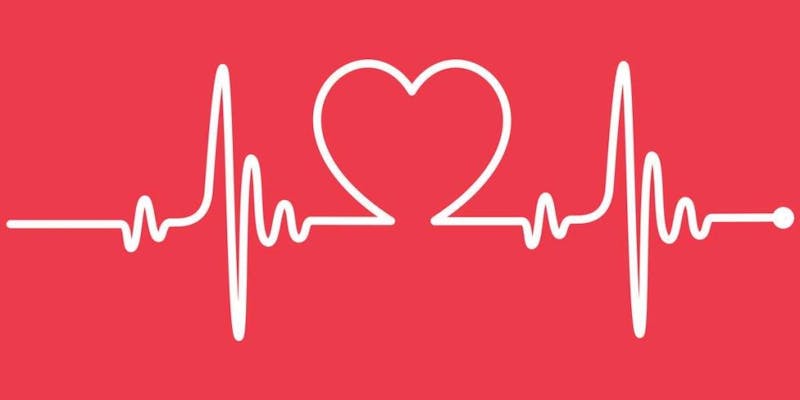
It is a simple, available, quick test that does not cause any discomfort (it is painless) and has no risk to the patient (no electricity is sent through the body, it only detects the electrical activity that is generated in the body itself heart). It is very useful for the diagnosis of various cardiac conditions.
Do you want to know how it is done?
The EKG is a test that records the electrical activity of the heart that occurs in each heartbeat. This electrical activity is recorded from the patient’s body surface and is drawn on paper by means of a graphical representation or plot, where different waves are observed that represent the electrical stimuli of the atria and the ventricles. The device with which the electrocardiogram is obtained is called an electrocardiograph.
To collect the electrical activity by the electrocardiograph, it is necessary that a series of electrodes (normally 10) are placed on the skin of the patient, which will be attached to the electrocardiograph by cables. With 10 electrodes, 12 leads are obtained, this 12 traces of the electrical impulses of the heart are drawn on the paper from different points in the body.
Extra leads may be obtained if more electrodes are added to the body surface, but the basic electrocardiogram should consist of at least 12 leads. The electrocardiogram of a healthy person presents a particular path; when changes occur on that path the doctor can determine if there is a problem.
It is used to measure the rhythm and regularity of the beats, the size and position of the atria and ventricles (that is, the size of the heart) and any damage it has and the effects that certain drugs or devices implanted in it may have on it (like pacemakers). Alterations in the tracing are essential for the detection and analysis of cardiac arrhythmias. It is also very useful in acute episodes of coronary disease, such as myocardial infarction.
How is the electrocardiogram performed?
The technician, nurse or doctor connects the electrocardiograph wires to the patient’s skin by means of adhesives (electrodes). The points where the electrodes are placed are ankles, wrists, and chest. In this way the same electric impulse is collected from different positions. First the area of the skin should be cleaned where the electrodes will be placed, and even, sometimes it will be necessary to shave the hair of that area.
The patient should lie relaxed, not talking, with a normal breathing rhythm and with arms and legs immobile. Sometimes the doctor may ask the patient to hold his breath for a few seconds. Any movement can alter the results.
At OCC, we have state-of-the-art equipment to facilitate accurate cardiovascular diagnostics.
Bibliography: Journal of Electrocardiology. Journal of the American College of Cardiology.

